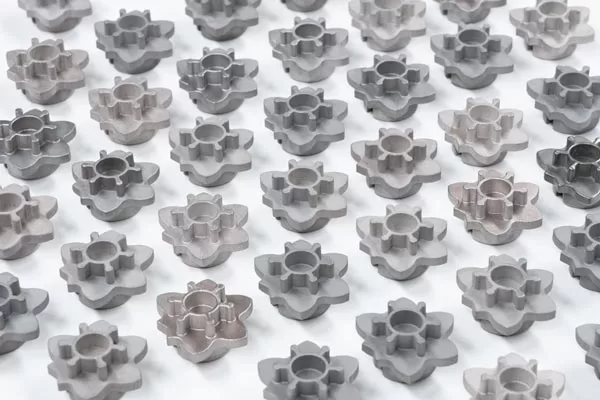For manufacturing companies, rapid prototyping is becoming the norm. While lowering operating expenses, it encourages quicker production times.
Although rapid prototyping services are still relatively new, they have the following benefits for the manufacturing sector:
- Promoting quick product development
- In favor of lean manufacturing
- Increasing the creation of products’ flexibility
The rapid prototyping services advance the manufacturing sector to provide high levels of product customization and increase total revenues while raising customer happiness.
Shortening Development Cycles
Traditional manufacturing methods require a prolonged period to move from design to a functional prototype and mass production.
Rapid prototyping dramatically shortens this development cycle. Manufacturers can quickly produce a physical model of the intended product, facilitating a much quicker process of iterations, modifications, and improvements.
Cost-Effective Solutions
Cost is a critical concern in manufacturing. Traditionally, developing a prototype involves tooling and molds, which are not only expensive and time-consuming to set up. Rapid prototyping eliminates the need for most of these upfront costs. By directly creating the model from the design files, companies can quickly evaluate and refine their products without the additional expense of retooling.
Facilitating Better Communication and Collaboration
Communication gaps between departments can be a significant hindrance in product development. However, having a physical model early in the process provides a tangible object for discussion, reducing misunderstandings and improving cross-functional collaboration between design teams, engineers, and stakeholders. The prototype can be examined, modified, and approved more swiftly, allowing for a more streamlined workflow.

3D printing parts
Enabling Customization and Innovation
Rapid prototyping services empower designers and engineers to easily modify digital models. This flexibility fosters innovation enabling the manufacturing of custom parts and small production runs without the associated high costs. In industries where customization is healthcare or automotive, this is a game-changing advantage.
Reducing Errors and Risks
Design flaws can lead to expensive errors when they are not caught early in the development process. Rapid prototyping allows manufacturers to identify issues in the initial stages and reduce the risk of costly mistakes later. Able to quickly produce a prototype that enables engineers to conduct rigorous testing, ensuring that the final product meets all specifications and quality standards.
Enhancing Market Responsiveness
The rapid prototyping services development and reduced costs associated with prototyping services enable manufacturers to be more responsive to market changes. Whether adapting to new consumer trends or quickly iterating a product in response to competitor activity, rapid prototyping allows businesses to react. This adaptability can provide a significant competitive advantage in fast-moving industries.
Material and Process Flexibility
Adventures in various 3D printing technologies and materials, manufacturers not confined to particular substances or methods for prototyping. This diversity allows for more accurate testing and can result in a better final product.
Sustainability and Waste Reduction
Modern rapid prototyping methods are more material-efficient compared to traditional manufacturing processes, resulting in less waste. Since the material is added layer by layer, only the necessary amount is used, promoting sustainability.
Accelerating Time-to-Market
In today’s fast-paced market, the speed at which a product can be developed, produced, and launched is crucial for its success. Rapid prototyping services dramatically reduce time-to-market, enabling companies to capitalize on opportunities faster than ever before.
